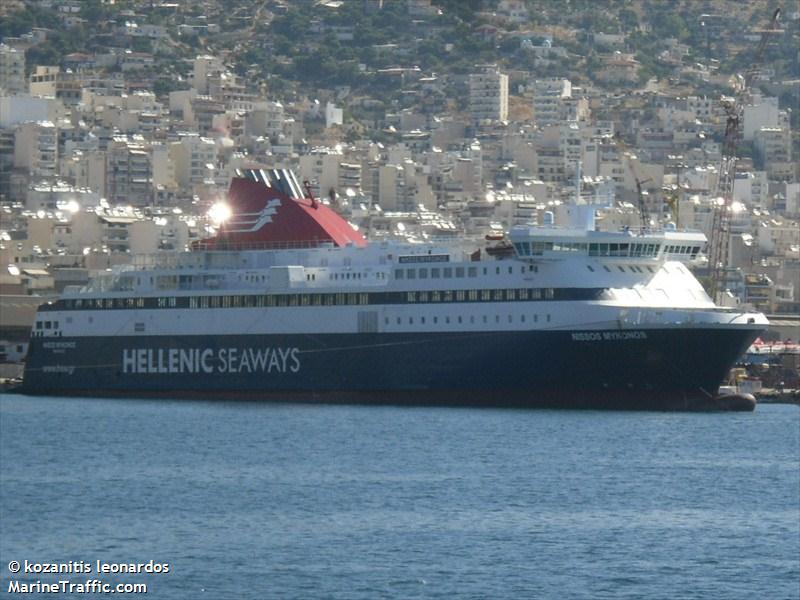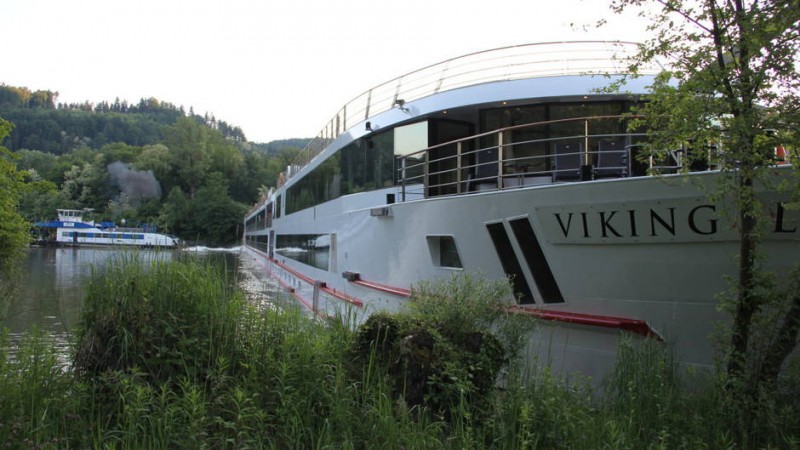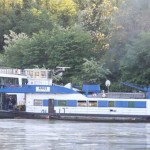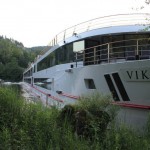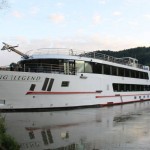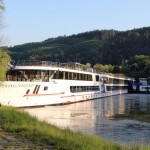Victoria Clipper 3
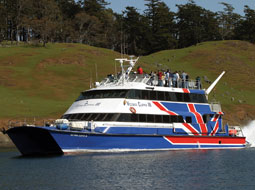
The 30 meter long catamaran passenger ship Victoria Clipper 3 suffered a fire while on a day trip to the San Juan Islands from Seattle. The fire started in some insulation surrounding the vessel’s engines. The crew sealed the room and extinguished the blaze using the vessel’s fire suppression system. No reports of injuries to the crew or the 159 passengers on board. The vessel proceeded to a nearby marina. The Coast Guard has launched an investigation into the incident.
Related articles
- Small fire docks Victoria Clipper 3 on Seattle-San Juan route (timescolonist.com)
- Engine fire diverts Victoria Clipper to Ballard’s Shilshole Marina (king5.com)

